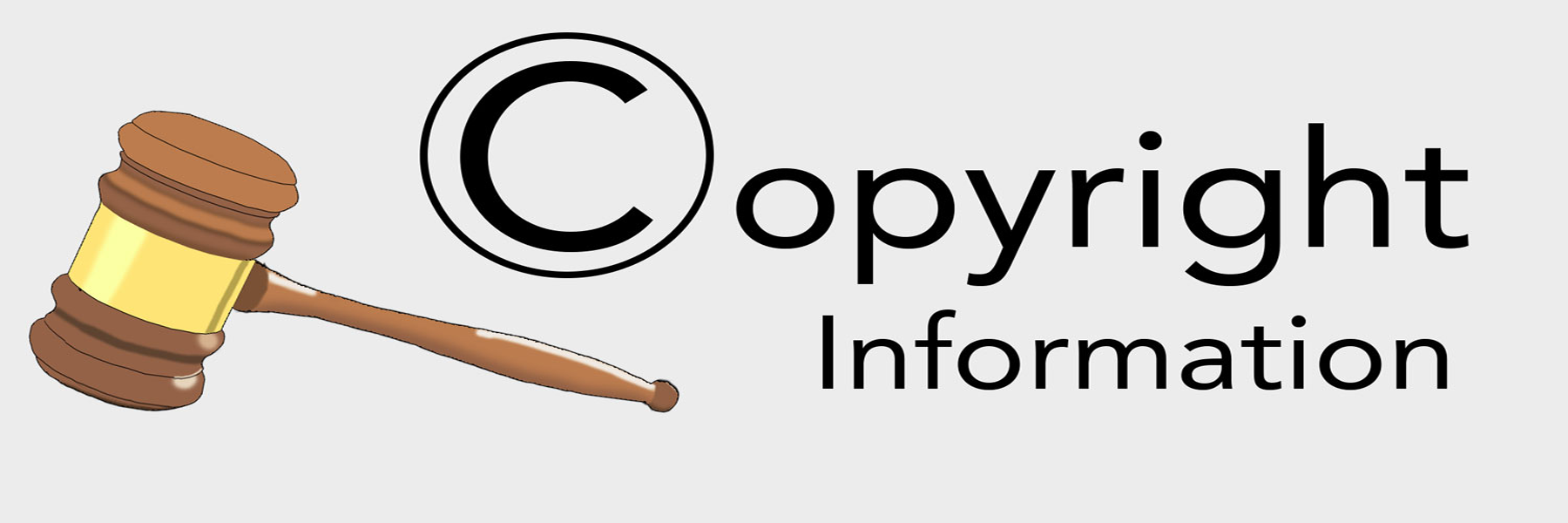When passing new copyright legislation, Congress realized educators need to use copyrighted material to teach effectively. To protect educators and educational uses in general, Congress created several exceptions to protect educational use of copyrighted material. None of the following exceptions replace fair use, so if your intended use does not fit within one of these categories, it may still be protected as a fair use.
Copyright law specifically permits "face-to-face" instructional display and performance of a copyrighted work. A legitimate copy of a particular work may be displayed or performed in a classroom, or similar place devoted to instruction. This exception applies to any copyrighted work which may be displayed or performed, so long as the work is relevant to class instruction. Performance or display of a copyrighted work outside a classroom is not protected by this exception. 17 USC § 110(1).
Section 110(2), also known as TheTEACH act, extends portions of the face-to-face instructional display and performance exemption to distance education transmissions. This act does have significant limitations as to what and how much of a work may be shown, whereas the face-to-face exception does not. To qualify under the TEACH act, an instructor must use a lawful copy and the use must meet the following conditions:
1. The copy must be "made by, at the direction of, or under the supervision of the instructor"
2. "A regular part of systematic mediated instructional activity"
3. "Directly related and of material assistance to the teaching content";
4. Limited to students enrolled in the class
Once these conditions are met, the amount and type of material copied is limited to three types.
1. "Performances of nondramatic literary or musical work," such as reading a short story, or listening to a piece of music
2. "Reasonable and limited portions of any other work," such as a video, or a musical play
3. "Display of a work in an amount comparable to that which is typically displayed in the course of a live classroom session," such as a picture or illustration
Certain materials are excluded from the TEACH act. All of the following are explicitly excluded: works primarily "produced or marketed primarily" for distance education, works the instructor "knows or has reason to believe" were not lawfully acquired, and textbooks, coursepacks and other material typically purchased by students. If a particular use does not qualify as an exception under the TEACH act, it may still be protected by fair use.
The TEACH Act also requires that technological measures must be taken to prevent
1.Retention of the work for longer than the class session
2. Unauthorized further dissemination of the work.
These requirements, especially the second, are difficult to meet, so many universities do not rely on this section of the law, but rely on fair use instead.
The United States Copyright Office published "basic information on some of the most important legislative provisions and other documents dealing with reproduction by librarians and educators." [PDF link]. The advice contained in the Copyright Office’s document is neither legal advice nor law, but contains some useful guidelines to making copies for educational purposes. These guidelines are a minimum threshold for fair use, and uses exceeding these guidelines may still be protected as a fair use. There is also more information on the Class Readings page.
Other Helpful Resources
Last reviewed: 05/2023


